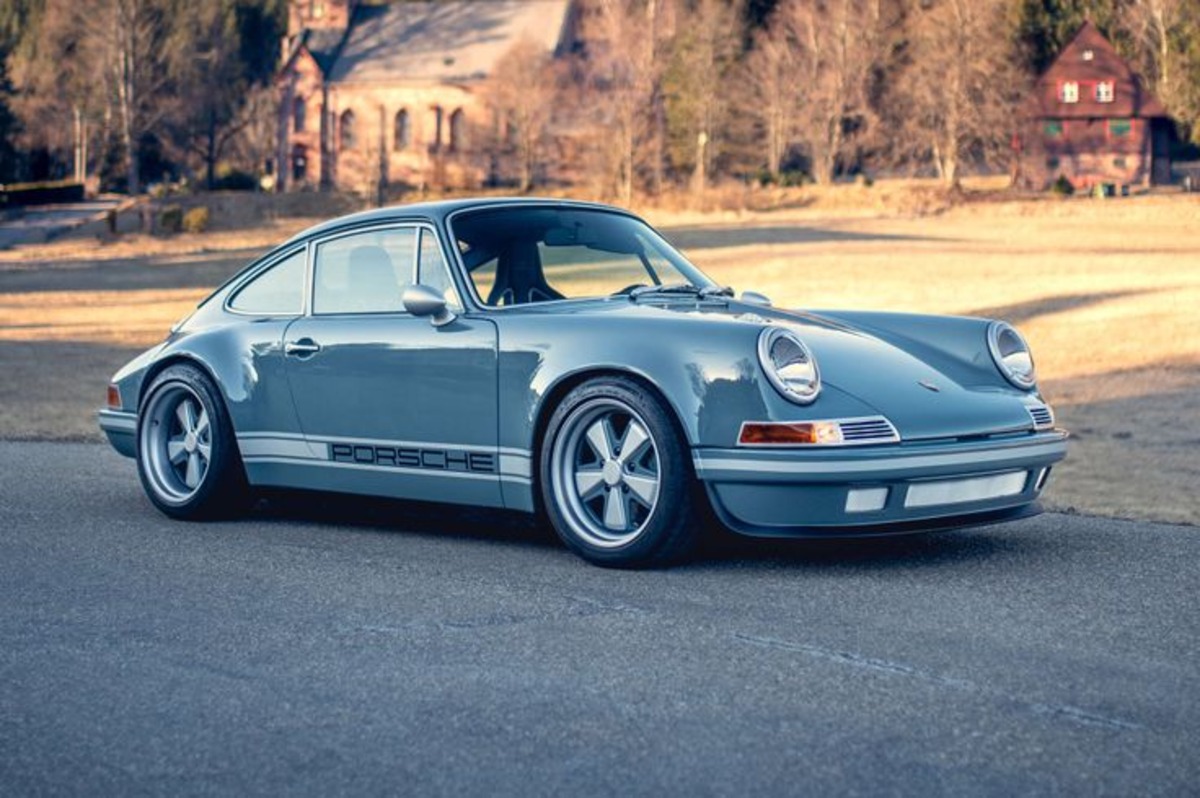In the ever-evolving landscape of the automotive market, the idea of flipping vehicles—buying cars at a lower price and reselling them at a profit—has attracted both hobbyists and professionals alike. Whether you’re a seasoned car enthusiast looking to turn a passion into profit or a savvy investor seeking an alternative asset class, understanding which vehicles hold their value and which ones rapidly drain your finances is crucial.
The car flipping business, while seemingly straightforward, requires a nuanced approach that takes into account factors such as vehicle reliability, market demand, repair costs, and brand reputation. Without proper knowledge, what initially appears as a lucrative flip can quickly become a costly mistake, leaving sellers with diminished returns and mounting expenses.
In this context, it is essential to distinguish between vehicles that consistently flip for profit and those that tend to tank wallets due to depreciation and maintenance issues.
The allure of flipping cars lies in the accessibility of the market. Unlike many investment opportunities that require significant capital or specialized knowledge, the used car market is vast and open to anyone with an eye for value.
Online marketplaces, auctions, and local dealerships provide numerous opportunities to buy undervalued or distressed vehicles and prepare them for resale. However, the margin for error is slim. Successful flippers must be able to assess not only a vehicle’s current condition but also its potential future value.
This involves deep knowledge of makes and models, common mechanical problems, parts availability, and buyer preferences. Moreover, regional variations in demand and economic conditions can significantly influence a vehicle’s resale potential. For instance, a rugged 4×4 truck may be in high demand in mountainous or rural regions but less so in urban centers where compact and fuel-efficient cars reign supreme.
Vehicles that flip well typically share several characteristics: they have a strong reputation for reliability, a dedicated fan or enthusiast base, relatively low maintenance costs, and solid resale values. These vehicles tend to hold their appeal over time, attracting buyers who are willing to pay a premium for dependable performance or a coveted brand name.
Examples include the Toyota Tacoma, whose legendary durability and versatility make it a perennial favorite among truck buyers; the Ford Mustang, an iconic muscle car with a passionate following; and the Jeep Wrangler, celebrated for its off-road capability and rugged charm. These vehicles not only offer strong initial resale values but also benefit from vibrant aftermarket support, allowing flippers to add value through tasteful upgrades and repairs.
Conversely, some vehicles are notorious for their rapid depreciation and high maintenance expenses, making them less attractive for flipping. These cars often suffer from reliability issues, expensive parts, and specialized repair needs that drive ownership costs sky-high. Older luxury vehicles like the Land Rover Range Rover or BMW 7 Series are prime examples, where technological complexity and brand prestige translate into astronomical repair bills that quickly erode profit margins.
Similarly, certain niche or economy vehicles, such as the Fiat 500, have struggled to maintain a foothold in the used market due to persistent mechanical and electrical problems.
Even innovative models like the early Tesla Model S face challenges, as battery degradation and evolving technology impact their resale values. For these vehicles, owners and potential flippers alike must weigh the allure of a desirable brand or cutting-edge technology against the risk of ongoing, costly repairs.
Understanding the market dynamics behind vehicle flipping is not just about recognizing brands and models; it’s about appreciating the economic and emotional factors that drive buyer behavior. For instance, muscle cars like the Ford Mustang benefit from decades of cultural significance and nostalgia, which keeps demand high even for older models.
Trucks like the Toyota Tacoma and Jeep Wrangler appeal to both utility-focused buyers and lifestyle enthusiasts, making them easy to sell across various markets. On the other hand, luxury vehicles’ technological complexity can intimidate buyers and limit their appeal to those with the resources and willingness to maintain them.
Electric vehicles bring a new set of considerations, as battery health and software updates play a critical role in valuation, a factor that many traditional flippers may not be fully prepared to address.
This comprehensive understanding helps flippers make informed decisions, minimizing risks and maximizing returns. It’s not enough to simply purchase a car at a low price; the key lies in selecting the right vehicle, performing the necessary repairs or modifications cost-effectively, and marketing it to the right audience.
Timing also matters, as seasonal trends and fuel price fluctuations can affect demand and pricing. With this knowledge in hand, flippers can navigate the complexities of the used car market more confidently, turning their investments into profitable ventures rather than money pits.
In the following sections, we will delve into five vehicles renowned for their potential to flip for profit, exploring what makes them standout candidates and how flippers can capitalize on their strengths.
We will also examine five vehicles infamous for tanking wallets, highlighting the pitfalls and financial traps that can ensnare unsuspecting buyers. By understanding both sides of the equation, readers will be better equipped to make savvy choices in the dynamic world of vehicle flipping.
Also Read: 5 Cars That Don’t Need Timing Belt Changes and 5 That Constantly Break
5 Vehicles That Flip for Profit
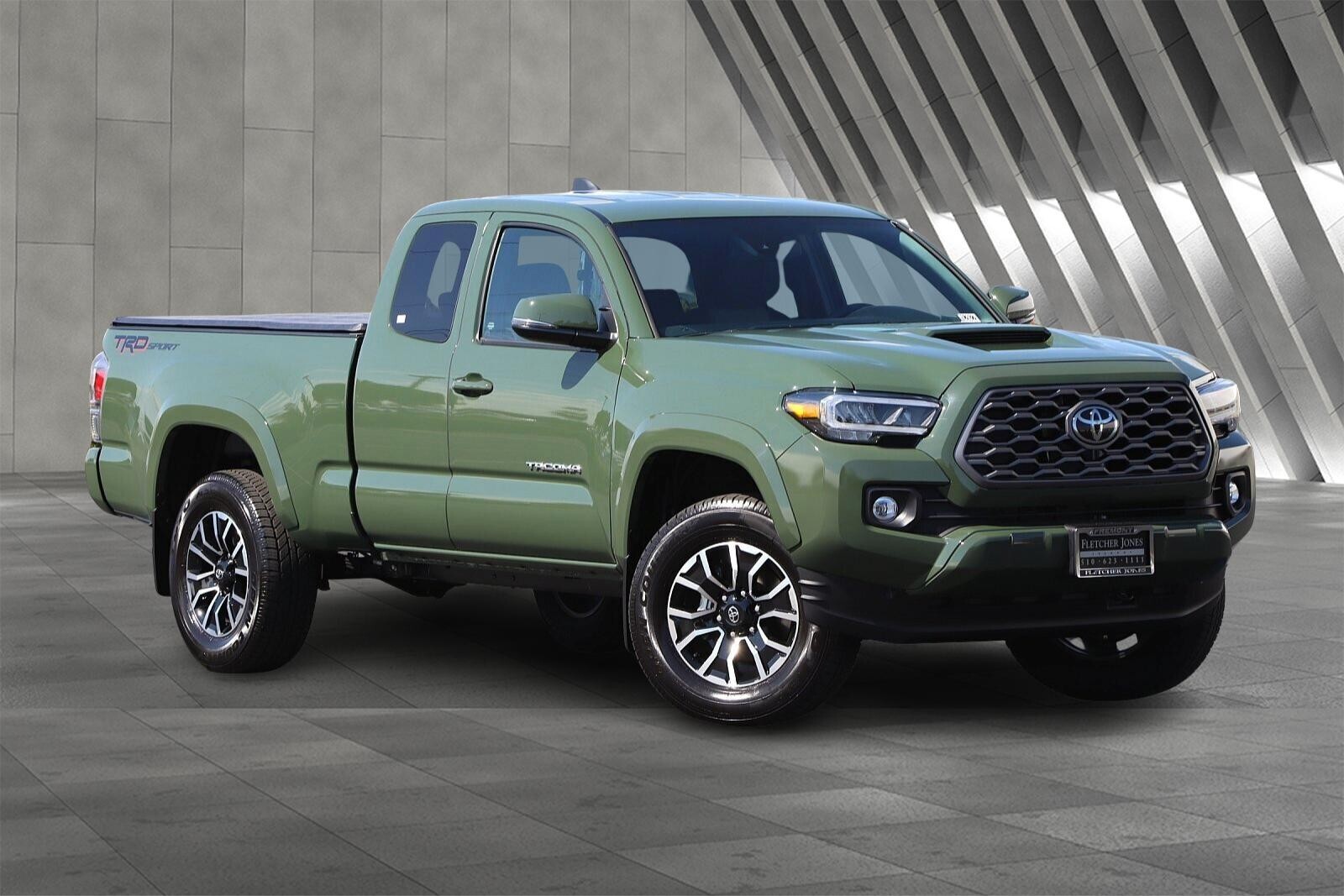
1. Toyota Tacoma
The Toyota Tacoma stands out as one of the most reliable and durable mid-size pickup trucks on the market, which has made it a perennial favorite among used vehicle buyers and flippers alike.
Its reputation for long-term reliability dates back decades, with Toyota’s proven engineering and build quality allowing Tacomas to endure extreme conditions, high mileage, and heavy workloads with minimal mechanical failures.
This reputation has fostered a dedicated community of buyers who are willing to pay a premium for a well-maintained Tacoma, often driving prices well above market averages in many regions. The limited availability of used Tacomas due to the high retention rate by owners—many keep their Tacomas for 10 years or more—creates a seller’s market that is ripe for flipping.
Buyers looking for a used truck know that Tacomas are less likely to have hidden major issues, which translates into faster sales and better resale value. Furthermore, the truck’s utility for both urban and rural users enhances its marketability. For instance, contractors, outdoor enthusiasts, and commuters all find the Tacoma appealing, which widens the pool of potential buyers.
Beyond its reliability, the Toyota Tacoma’s resale value is bolstered by its range of trim levels and optional packages, such as the TRD Off-Road and TRD Pro variants, which add features highly coveted by buyers looking for off-road capabilities and rugged styling. These packages increase desirability, making trucks with them sell faster and at a higher price point.
Additionally, the strong aftermarket ecosystem surrounding the Tacoma is a major asset for flippers. Enthusiasts often seek trucks with popular upgrades, such as suspension lifts, all-terrain tires, or performance tuning. This demand allows flippers to invest modestly in modifications that can greatly enhance the resale price.
Another advantage is that Tacomas tend to be relatively simple to service and maintain, which means potential buyers feel confident purchasing them without the fear of unexpected costly repairs.
All these factors combine to make the Tacoma a reliable vehicle for profitable flipping, especially when you have the patience and knowledge to spot undervalued models or those requiring minor repairs.
The durability of the Tacoma also means that it retains its mechanical integrity well past 200,000 miles, which is unusual in the truck segment where some models depreciate heavily once they reach high mileage.
This longevity translates to a lower perceived risk for buyers, who are often willing to pay more for used Tacomas than comparable trucks from other manufacturers.
Moreover, Tacomas tend to have strong fuel efficiency relative to their size and utility, which is a significant advantage in fluctuating fuel price environments. The truck’s relatively compact size also means it appeals to buyers who want a versatile vehicle that can handle work duties while remaining practical for everyday use.
This broad appeal adds liquidity to the Tacoma market, making it easier for flippers to move their inventory quickly. The combination of high demand, strong resale value, low maintenance costs, and widespread appeal solidifies the Toyota Tacoma’s position as one of the best vehicles to flip for profit.

2. Ford Mustang (especially classic models)
The Ford Mustang is arguably one of the most iconic cars in automotive history, with a rich heritage that stretches back to the 1960s. Its status as the original “pony car” has cultivated a passionate community of enthusiasts, collectors, and casual fans who keep demand high across generations of Mustangs.
Classic Mustangs from the 1960s and early 1970s, especially those with original or period-correct parts, have become prized collector’s items that often appreciate in value, making them excellent candidates for profitable flipping. The nostalgia associated with these cars, combined with their timeless styling and the visceral appeal of their V8 engines, fuels a strong market.
Buyers are willing to pay a premium for well-preserved or professionally restored Mustangs, and this demand extends across various trim levels and performance packages, including the famous Shelby GT350 and GT500 variants.
Flipping classic Mustangs successfully, however, requires a keen understanding of the nuances that affect their value. Factors such as originality, provenance, condition, and rarity all play critical roles in determining how much a car will fetch on the market.
For instance, Mustangs with factory-installed high-performance engines or those with special editions tend to command a higher resale price. Additionally, the market for restored vehicles is robust, but flippers must ensure that restorations meet or exceed enthusiasts’ standards to maximize profits. Many buyers scrutinize the authenticity of parts and finishes, so careful documentation and professional-grade work can make the difference between a good flip and a great one.
On the other hand, modern Mustangs—particularly performance trims like the GT, Bullitt, and Shelby variants—also flip well due to their strong brand identity and continued desirability. Although they do not appreciate the way classic models do, their relatively stable depreciation and broad market appeal mean they often sell at or above book value with the right condition and maintenance.
The cultural significance of the Mustang also means that it enjoys a broad buyer demographic, from older collectors seeking to relive their youth to younger drivers attracted by its sporty performance and aggressive styling. This diversity of potential buyers adds liquidity to the Mustang market and reduces the risk of holding inventory for long periods.
The car’s enduring presence in popular media, motorsports, and car culture further cements its appeal and resale strength. Moreover, the Mustang’s extensive aftermarket support allows flippers to add tasteful modifications that can increase a car’s desirability and value without alienating purists.
Whether it’s upgrading the exhaust system, installing suspension components, or adding period-correct accessories, these enhancements can boost the resale price significantly. In short, the Ford Mustang’s combination of heritage, performance, and market demand make it a top contender for those looking to flip vehicles profitably.
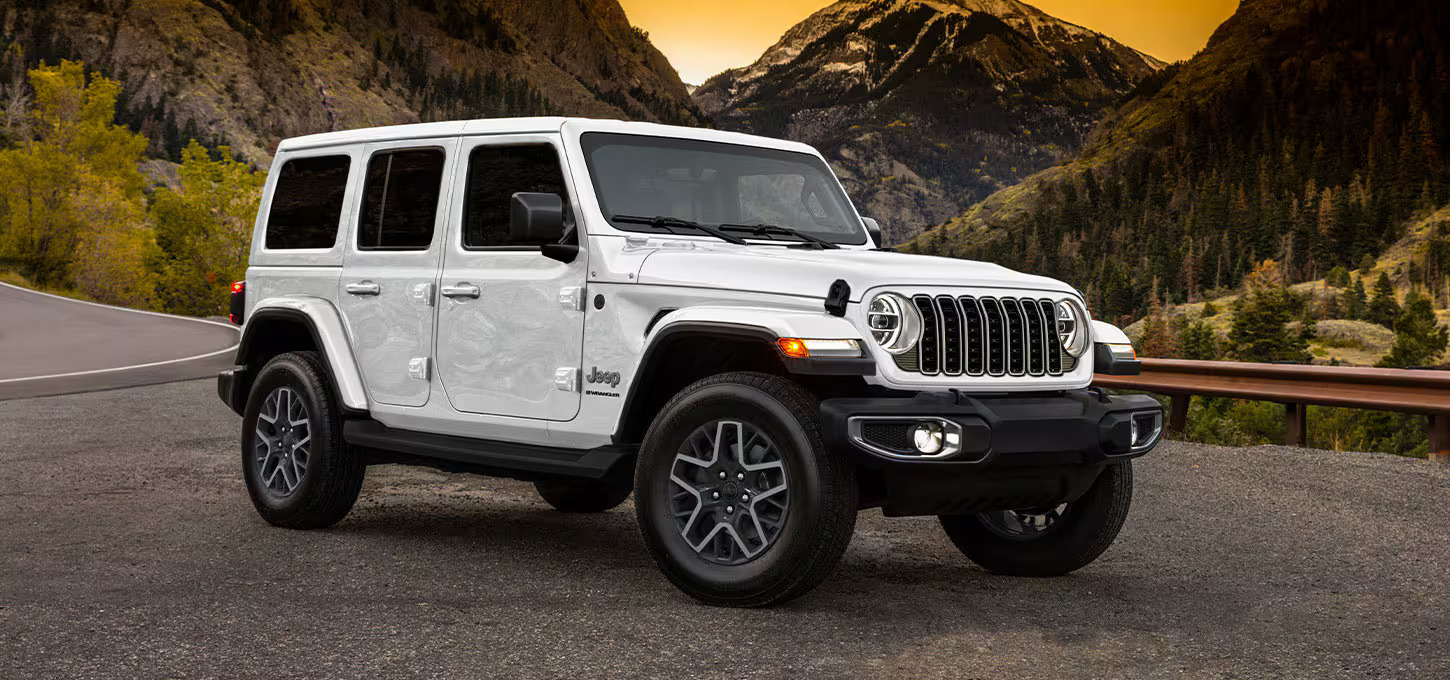
3. Jeep Wrangler
The Jeep Wrangler holds a unique position in the automotive market due to its blend of iconic styling, legendary off-road capability, and strong community following. Unlike many SUVs that lose their rugged appeal over time, the Wrangler’s design philosophy has remained relatively consistent for decades, emphasizing simplicity, durability, and adaptability.
This consistency helps the Wrangler retain value well in the used market, as buyers appreciate the vehicle’s straightforward engineering and proven off-road performance. Additionally, the Wrangler’s popularity extends beyond hardcore off-road enthusiasts to include everyday drivers who enjoy its open-air freedom and distinct character, broadening its resale potential.
One of the Wrangler’s greatest assets is its ease of customization. The vehicle’s modular design means owners can swap out doors, roofs, bumpers, and suspension components with relative ease. This flexibility fuels a vibrant aftermarket industry, with countless accessories and performance parts available.
Many used Wrangler buyers are enthusiasts looking for a truck with factory or aftermarket upgrades such as lift kits, larger tires, or upgraded lighting, all of which add value to the vehicle. For flippers, this means that even Wranglers that need cosmetic or minor mechanical work can be made market-ready with modest investments, often resulting in attractive profit margins.
The demand for Wranglers with popular trims like the Rubicon or Sahara, which come with factory off-road enhancements, remains strong and consistent, further improving flipping prospects. The Wrangler also benefits from a reputation for mechanical simplicity compared to many modern SUVs.
While newer models incorporate more advanced technology and electronics, they still retain much of the ruggedness that made earlier models beloved. This simplicity translates into fewer costly repairs and a lower likelihood of hidden issues that might scare off buyers. Additionally, the Jeep brand has successfully cultivated a lifestyle image around the Wrangler that includes outdoor adventure and freedom, appealing to buyers seeking more than just transportation.
The emotional connection and community around the Wrangler translate into sustained demand, allowing flippers to capitalize on trends such as increased interest in outdoor activities and overlanding. Finally, regional markets where off-roading is popular, or areas with mild climates favorable to open-air driving, see particularly high demand, creating localized opportunities for quick flips at a premium.
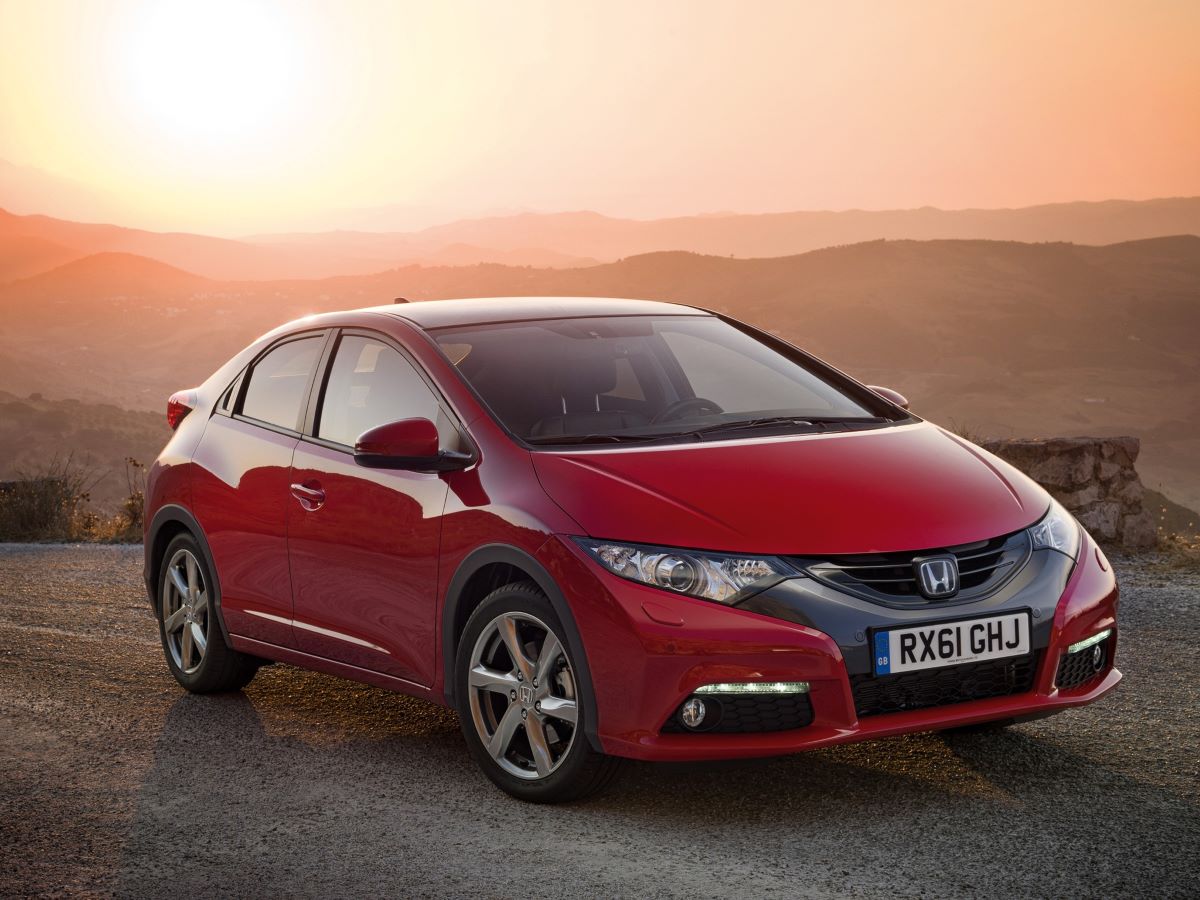
4. Honda Civic
The Honda Civic is often regarded as one of the most practical and reliable compact cars ever produced, making it a perennial favorite among used car buyers. Its reputation for bulletproof reliability, fuel efficiency, and relatively low cost of ownership ensures a steady demand across various demographics, from students and commuters to small families.
This broad appeal makes the Civic an excellent vehicle for flipping, as it’s easy to sell quickly and often at a good margin. Models from the late 1990s through the early 2000s, particularly those equipped with manual transmissions or sportier trims like the Si, have developed cult followings among enthusiasts, which can drive prices higher than one might expect for a compact sedan.
Civics are known for their simple yet effective engineering, which results in fewer expensive repairs compared to many other vehicles. The availability of inexpensive parts and widespread mechanical knowledge among independent shops and DIYers reduces maintenance costs and turnaround times, which are crucial factors for flippers looking to maximize profits.
Furthermore, the Civic’s popularity in the tuner and modification communities enhances its resale potential. Enthusiasts often seek Civics that have been well-maintained and upgraded with performance parts such as cold air intakes, exhaust systems, and suspension components. This aftermarket interest can increase the resale value of a Civic well above stock market prices, especially if modifications are tastefully done and well documented.
Another significant advantage for flipping Civics is their adaptability to changing market demands. Whether it’s the need for an affordable commuter car during fuel price spikes or a reliable vehicle for younger drivers, the Civic consistently fits the bill. Its solid resale value is also supported by Honda’s brand strength and perceived quality, which inspire confidence in buyers who want a hassle-free ownership experience.
The Civic’s practical design—offering good interior space, decent cargo capacity, and a comfortable ride—ensures it appeals to a wide range of buyers, which increases the likelihood of quick sales. For flippers, the Civic’s combination of reliability, broad appeal, and modification potential makes it a consistently profitable vehicle choice.
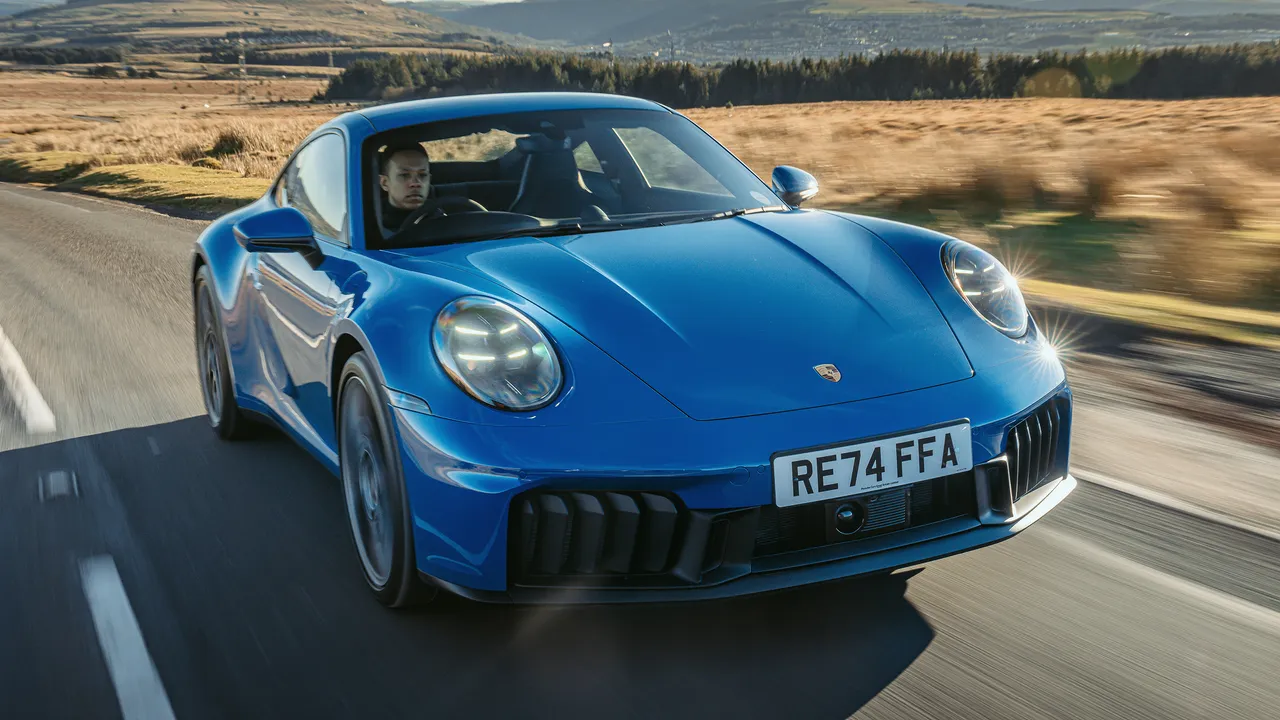
5. Porsche 911 (Classic and Certain Modern Models)
The Porsche 911 is a benchmark in the world of sports cars, revered for its distinctive design, engineering excellence, and motorsport pedigree. Classic air-cooled models from the 1960s, 70s, and 80s have become symbols of automotive artistry and performance, making them highly sought after by collectors and enthusiasts who are willing to pay top dollar for well-preserved or correctly restored examples.
The scarcity of these cars—especially those in original condition or with desirable factory options—creates a supply-demand imbalance that often leads to significant appreciation over time. This makes the classic 911 an ideal candidate for flipping, albeit one that requires careful research and expertise to identify genuinely valuable vehicles and avoid common pitfalls.
The allure of the 911 extends beyond its aesthetics to its engineering innovations, such as the rear-engine layout and air-cooled flat-six engine, which contribute to its unique driving dynamics. These factors not only define the car’s character but also underpin its collector appeal.
Flippers who can source 911s with matching numbers (meaning the engine, transmission, and chassis all have original serial numbers) or models with special historical significance can command premium prices. The Porsche community places a high value on authenticity, provenance, and maintenance history, so proper documentation and mechanical integrity are crucial in securing profitable flips. Additionally, limited-edition variants, such as the Carrera RS or Turbo models, typically outperform standard models in appreciation and desirability.
More recent water-cooled 911 models, particularly those with manual transmissions or limited production runs, also tend to hold their value better than many other luxury sports cars. Porsche’s reputation for performance and build quality, combined with the 911’s timeless styling and continuous refinement, ensures a stable resale market.
Unlike many exotic cars that depreciate rapidly due to high maintenance costs and limited buyer pools, the 911 enjoys a strong and diverse community of enthusiasts who appreciate its balance of daily usability and thrilling performance. For flippers with the knowledge and resources to acquire and maintain these cars, the Porsche 911 offers an attractive opportunity to profit from one of the most prestigious automotive names in history.
5 Vehicles That Tank Your Wallet
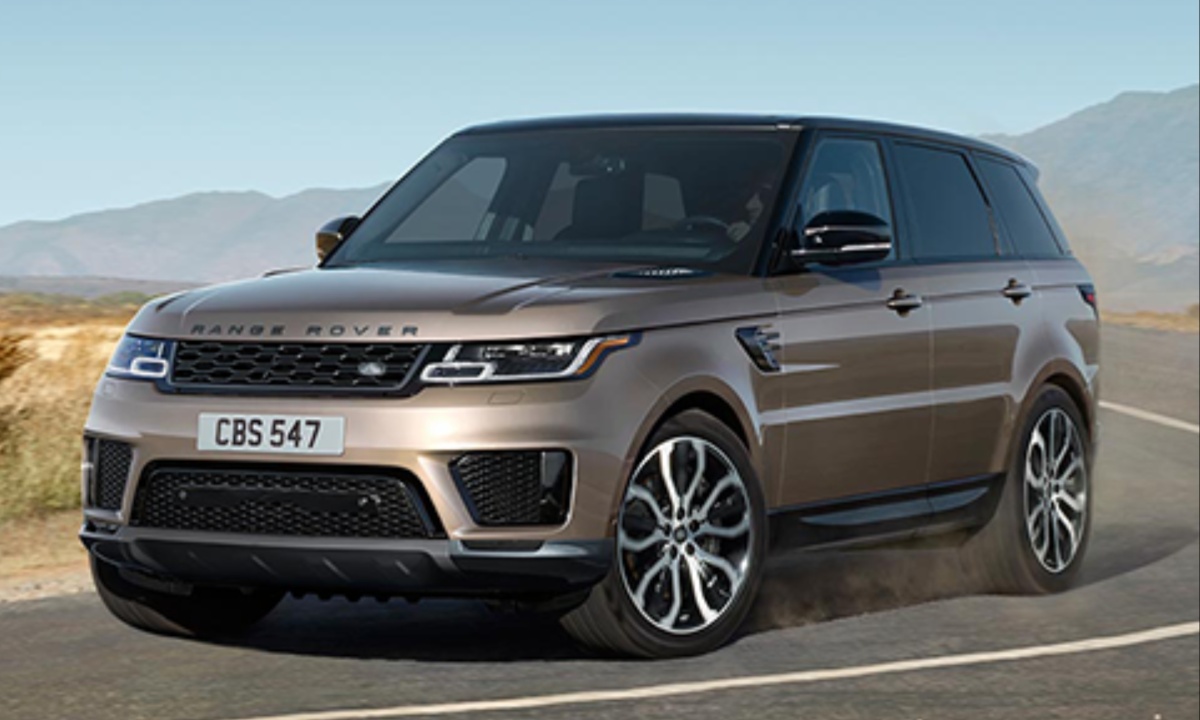
1. Land Rover Range Rover (Older Models)
The Land Rover Range Rover, especially older models from the late 1990s and early 2000s, has earned a notorious reputation for being a classic example of a vehicle that can rapidly drain your finances. While Range Rovers are celebrated for their luxurious interiors, impressive off-road capabilities, and striking presence, these qualities come with a steep price, particularly as the vehicle ages.
The complexity of the engineering behind older Range Rovers means that when something inevitably goes wrong, the repairs tend to be extremely costly. Common issues plague these vehicles, ranging from chronic electrical failures, such as malfunctioning windows, locks, and instrument clusters, to more severe mechanical problems involving the air suspension, engine cooling systems, and transmission components.
The air suspension system alone is a well-known weak point, with frequent failures leading to expensive replacements that can easily run into thousands of dollars. Adding to the financial burden is the scarcity and high cost of genuine Land Rover parts. Due to the vehicle’s luxury status and complex design, parts are often imported or sourced from specialty suppliers, driving up both parts and labor costs.
Independent mechanics may shy away from working on these vehicles, leading to reliance on dealerships or high-end specialists who charge premium rates. Additionally, the intricate electronic systems of these older models make diagnostics difficult and costly.
Potential buyers of used Range Rovers are often aware of these issues, which significantly depresses resale values despite the vehicle’s desirability. This creates a challenging environment for anyone hoping to flip these SUVs for profit, as the cost of repairs and maintenance often exceeds the vehicle’s market value, leading to inevitable financial losses.
The depreciation curve for older Range Rovers is particularly steep, which initially attracts bargain hunters but ultimately leads to frustration when the truck begins to require significant upkeep. The combination of rapid depreciation and expensive repairs creates a double whammy that tanks wallets fast.
Moreover, these vehicles tend to have poor fuel efficiency and high insurance costs, adding to the overall cost of ownership. Many owners find themselves caught in a cycle of investing in repairs just to keep the vehicle running, only to face another expensive issue shortly thereafter.
The reliability woes also affect marketability, with many prospective buyers demanding steep discounts or opting out entirely. For anyone considering flipping an older Range Rover, the financial risks are substantial, and without deep pockets or a trusted mechanic, it is more likely to become a costly money pit than a profitable investment.
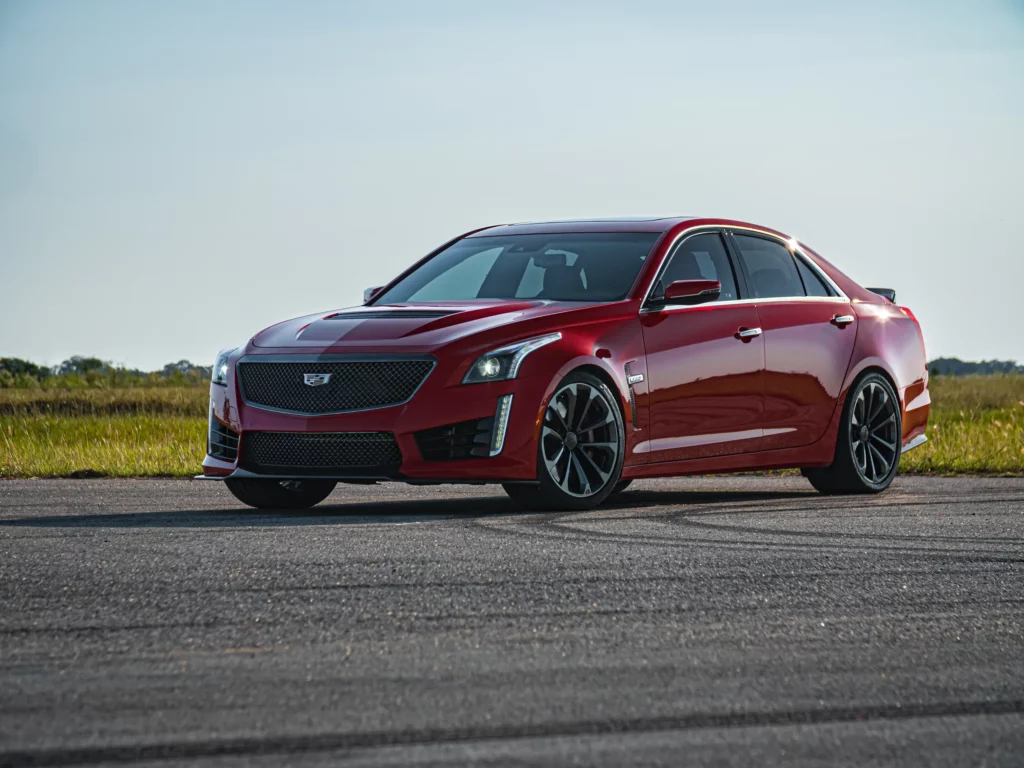
2. Cadillac CTS-V (Older Generations)
The Cadillac CTS-V, particularly from the earlier generations produced in the mid-2000s to early 2010s, offers impressive performance with its supercharged V8 engine and aggressive styling, but it’s also infamous for depreciating quickly and developing expensive mechanical issues.
This luxury performance sedan initially attracted enthusiasts looking for American muscle with a refined edge, but the excitement often fades quickly due to the car’s high maintenance and repair costs. The supercharged engine, while thrilling to drive, is prone to issues such as coolant leaks, supercharger belt failures, and carbon buildup, all of which can lead to costly repairs if not addressed promptly.
Transmission problems, including clutch wear in manual versions and shifting issues in automatics, are common and expensive to fix, which significantly affects the car’s reliability reputation. Beyond engine and transmission woes, the CTS-V suffers from a relatively small used car market. Unlike more mainstream muscle cars, the CTS-V appeals to a niche audience, meaning the pool of potential buyers is limited.
This smaller demand, combined with the car’s high running costs, causes resale values to plummet. Many used CTS-Vs end up being sold at steep discounts to move them quickly, often by owners who are tired of dealing with repair expenses or seeking to avoid the costs of upcoming major service items. Flippers attempting to turn a profit with the CTS-V face the challenge of finding buyers willing to pay a premium for what is, essentially, a high-performance vehicle with a reputation for mechanical headaches.
Another factor contributing to the CTS-V’s wallet-tanking potential is the cost of insurance and fuel consumption. High-performance sedans with supercharged engines often carry premium insurance rates, which add to the overall cost of ownership and deter budget-conscious buyers. The relatively low fuel efficiency also increases running costs compared to more economical sedans, further limiting its appeal in the used market.
Additionally, aftermarket parts and tuning options, while available, do not necessarily translate into higher resale values, especially if modifications are poorly executed or lack documentation. All these factors combine to make older Cadillac CTS-Vs a risky proposition for flippers, as the balance between purchase price, repair costs, and resale value is difficult to achieve.
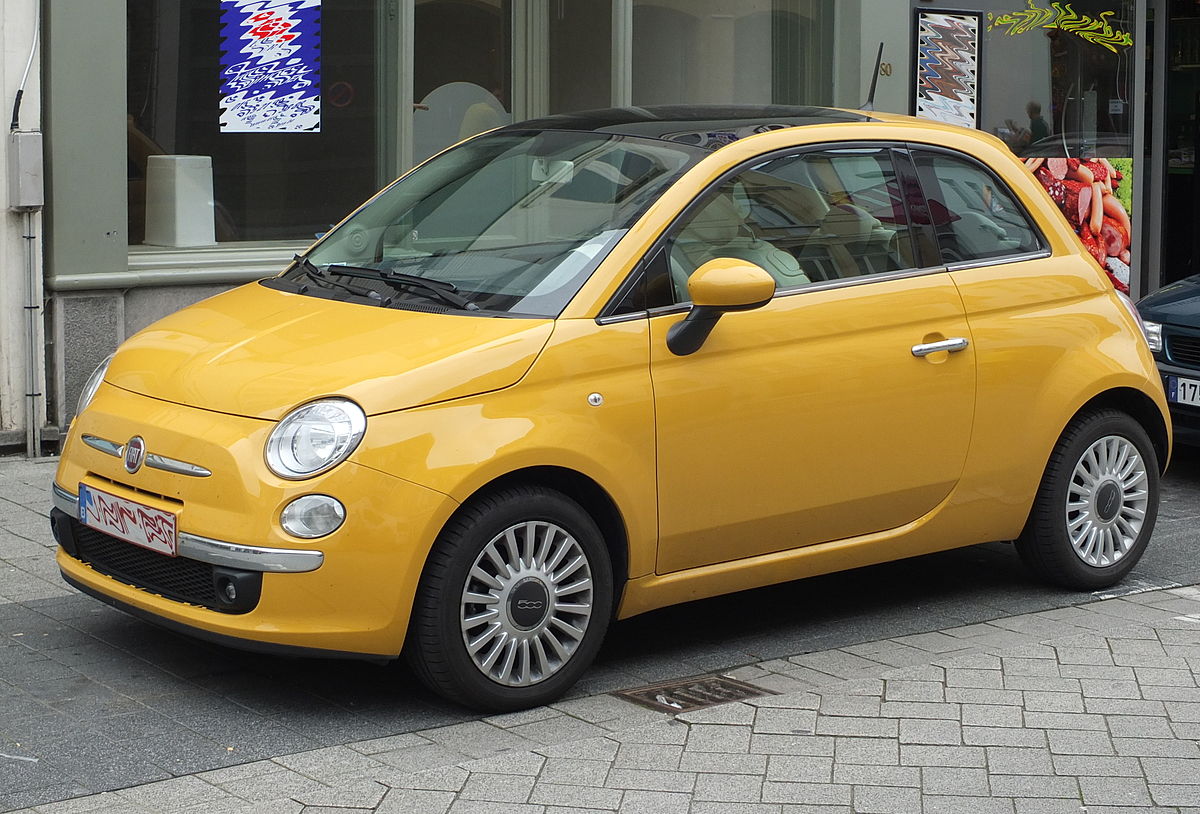
3. Fiat 500
The Fiat 500, while undeniably charming with its retro styling and compact footprint, has gained a less favorable reputation in terms of reliability and ownership costs, especially in early models introduced in the late 2000s and early 2010s. Many owners have reported persistent mechanical and electrical problems, which contribute heavily to the vehicle’s depreciation and difficulty in retaining value.
Common issues include engine misfires, transmission failures (especially in the automated manual variants), and electrical gremlins that can affect everything from the infotainment system to essential safety features. These problems tend to crop up more frequently than with competitors in the subcompact segment, leading to a frustrating ownership experience and frequent trips to the mechanic.
Adding insult to injury, repairs on Fiat 500s are often more expensive and time-consuming than on other small cars due to the limited availability of parts and the specialized knowledge required to work on European imports. Independent shops may not always be familiar with the model, leading to longer diagnosis times and higher labor charges. In some regions, Fiat’s dealer network is limited, which can make routine maintenance and warranty repairs inconvenient and costly.
The cumulative effect of these issues has a marked impact on the Fiat 500’s resale value, pushing it down much faster than comparable vehicles such as the Honda Fit or Toyota Yaris. Consequently, the Fiat 500 is frequently regarded as a money pit for owners and a poor choice for flippers seeking reliable returns.
Moreover, the Fiat 500’s niche styling and small size, while appealing to a certain demographic, limits its market appeal. Many buyers prefer vehicles with more interior space, better safety ratings, or stronger reputations for reliability, which further restricts demand for used Fiat 500s. As a result, those looking to sell or flip this vehicle often find themselves competing against a surplus of used models that buyers perceive as risky or troublesome.
The low resale prices force sellers to accept less than they might hope for, while buyers risk being saddled with a car that may require costly repairs. For flippers, this combination of poor reliability, high maintenance costs, and weak resale values makes the Fiat 500 a vehicle best avoided if the goal is to protect your wallet.
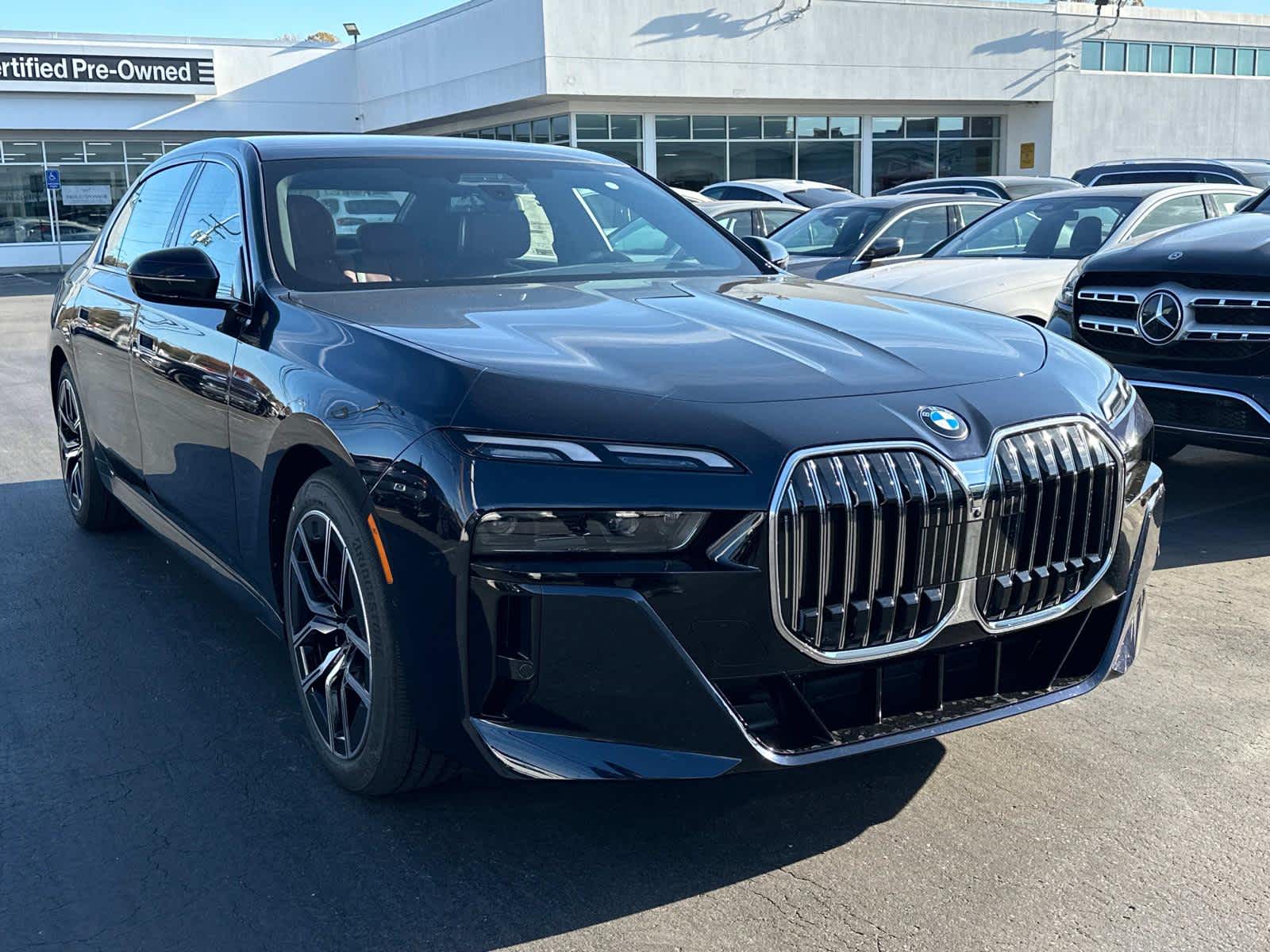
4. BMW 7 Series (Older Models)
The BMW 7 Series, the German automaker’s flagship luxury sedan, represents the pinnacle of technological sophistication and comfort, but older models—particularly those from the early 2000s and before—can quickly become financial nightmares. These vehicles are packed with cutting-edge technology, including complex electronics, air suspension systems, and advanced engine management software, all of which increase the likelihood of costly failures as the car ages.
Common problems include failing air suspension components leading to sagging or uneven ride height, electrical issues affecting everything from climate control to power seats, and transmission problems that require extensive and expensive repairs. The intricate engineering that makes the 7 Series impressive when new turns into a liability as the car ages, requiring specialized diagnostic equipment and expertise for even minor repairs.
Because the 7 Series is a full-size luxury sedan with a high level of standard equipment, replacement parts are both expensive and often difficult to source outside of BMW dealerships. Labor costs are also notably higher due to the complexity of the systems involved, and many independent mechanics hesitate to work on these cars unless they have specialized training and tools.
This leads to a high cost of ownership that can easily eclipse the vehicle’s depreciated market value. Older 7 Series sedans suffer from rapid depreciation, which initially attracts buyers looking for luxury at a discount but soon deters resale because the cost of repairs and maintenance outweighs potential sale prices. This makes flipping these vehicles a precarious proposition, as the financial risks are substantial, and the margin for error is slim.
The 7 Series also suffers from a shrinking pool of potential buyers in the used market, especially as newer competitors offer more reliable luxury and technology at competitive prices. Many buyers are wary of older luxury sedans, concerned about the reliability and upkeep costs, which depresses resale values further.
Insurance premiums and fuel consumption are additional cost factors that make ownership less attractive. Flippers may find themselves unable to recoup investments in repairs or upgrades, particularly if the vehicle has accumulated significant mileage or shows signs of wear typical for older luxury cars. Without careful selection, thorough inspection, and significant repair budgets, the BMW 7 Series can quickly turn from a prestigious acquisition into an expensive financial burden.
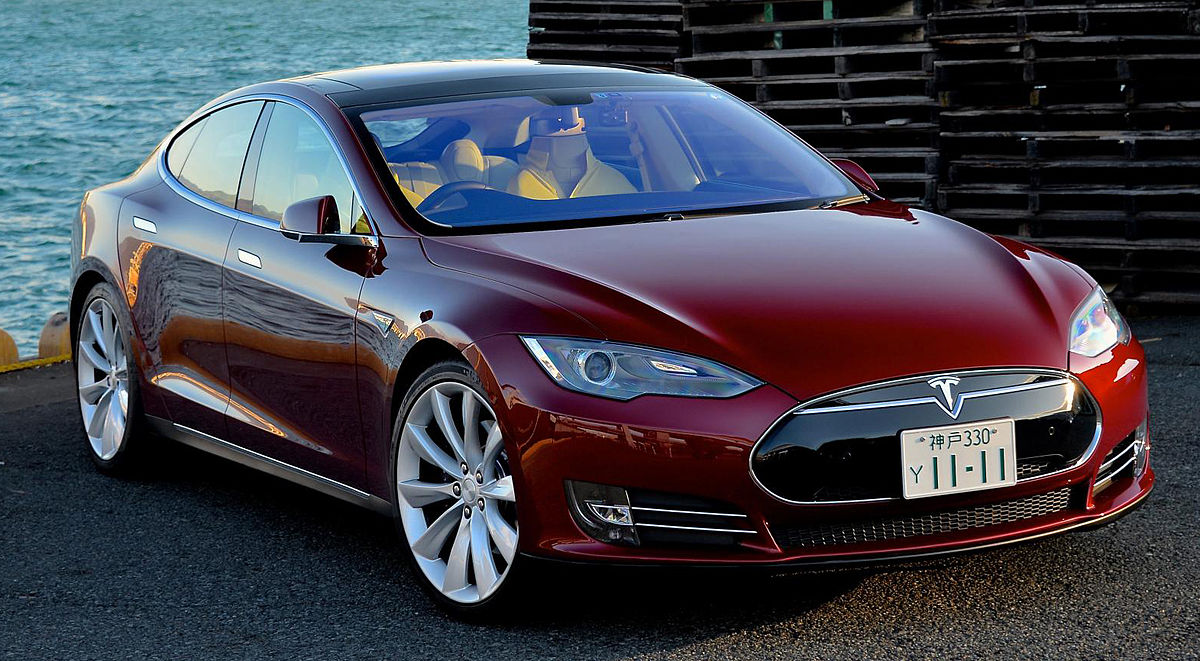
5. Tesla Model S (Early Versions)
The Tesla Model S revolutionized the electric vehicle (EV) market with its sleek design, impressive range, and cutting-edge technology, but early versions of the Model S come with a set of challenges that can make them costly to own and difficult to flip profitably.
Early Model S vehicles often suffer from battery degradation, where the lithium-ion battery’s capacity diminishes over time, leading to reduced driving range and decreased performance. Replacing or refurbishing the battery pack is one of the most expensive maintenance tasks for these vehicles, costing tens of thousands of dollars in some cases. Battery health directly impacts resale value, and buyers in the used EV market are particularly cautious about battery condition, often demanding significant discounts if degradation is evident.
Additionally, early Model S vehicles have faced software glitches and hardware reliability issues related to their advanced technology. Components such as the touchscreen infotainment system, sensors, and autopilot hardware have been prone to failures or require costly updates.
While Tesla’s over-the-air software updates help mitigate some problems, physical repairs still necessitate visits to specialized service centers, which can be scarce depending on geographic location. The relatively new and evolving nature of EV technology means that the used market remains somewhat uncertain, with depreciation rates influenced not only by traditional factors but also by advancements in battery technology and new model releases.
Another consideration is that servicing and repairing electric vehicles require specialized knowledge, tools, and parts that are often more expensive and harder to obtain than those for internal combustion engine vehicles. Early Tesla Model S owners may also face issues with warranty coverage, especially as the vehicles age beyond their original warranty terms, leading to out-of-pocket expenses for major repairs.
Furthermore, the rapid development of newer EV models with longer ranges and improved features puts pressure on older Model S vehicles in the resale market, accelerating depreciation. For flippers, these factors combine to make early Model S cars a risky bet, with the potential for unexpected and costly repairs that can easily wipe out profits and tank wallets.
Also Read: 5 Cars Rated Best for First-Time Buyers and 5 Giving New Drivers Fits
Navigating the world of vehicle flipping is a balancing act that requires both market insight and practical knowledge. As we’ve explored, the difference between a profitable flip and a wallet-draining disaster often hinges on the choice of vehicle.
The automotive landscape is diverse, and while certain models maintain strong resale values and attract enthusiastic buyers, others suffer from chronic issues that lead to high maintenance costs and rapid depreciation. Recognizing these patterns is vital for anyone interested in flipping cars, whether as a side hustle or a full-time business, to avoid costly mistakes and maximize profitability.
The five vehicles that flip for profit share several key advantages that make them appealing to buyers and relatively safe bets for sellers. The Toyota Tacoma, for instance, combines legendary reliability with strong demand in various markets, making it an excellent candidate for flips that can yield consistent returns. Its widespread appeal among tradespeople, outdoor enthusiasts, and everyday drivers ensures a robust secondary market.
Similarly, the Ford Mustang carries decades of cultural significance, with classic models often appreciating in value and modern variants holding their ground thanks to performance and style. The Jeep Wrangler benefits from a passionate community and strong aftermarket support, while the Honda Civic’s reputation for reliability and versatility makes it a perennial favorite.
Lastly, the Porsche 911—both classic and certain modern versions—offers prestige, engineering excellence, and collector appeal that can translate into lucrative flips, provided the vehicle is properly sourced and maintained.
These vehicles highlight the importance of brand reputation, reliability, and market demand in successful flipping. They also underscore how a vehicle’s versatility, enthusiast following, and aftermarket ecosystem can enhance resale potential. For flippers, focusing on these attributes can reduce risks and improve turnaround times, increasing the likelihood of a profitable sale.
Additionally, understanding the specific quirks and maintenance needs of each model allows flippers to budget appropriately and avoid unforeseen expenses that can erode margins. Knowledge is power in this business, and the more you know about the vehicle’s history, common problems, and market trends, the better your chances of success.
Conversely, the vehicles that tank wallets serve as cautionary tales, illustrating the pitfalls that can arise from poor reliability, high repair costs, and limited market appeal. Older Land Rover Range Rovers and BMW 7 Series sedans show how complexity and luxury can quickly become liabilities, driving ownership costs beyond reasonable limits and deterring buyers.
The Cadillac CTS-V, while powerful and stylish, suffers from expensive mechanical issues and a niche buyer base, making profitable flips difficult. The Fiat 500’s charm is overshadowed by frequent problems and limited demand, while early Tesla Model S vehicles face unique challenges related to battery degradation and evolving EV technology, complicating their resale prospects.
These examples reinforce the need for due diligence and careful selection in vehicle flipping. It’s not enough to be drawn to a prestigious badge or innovative features; understanding the long-term costs and resale realities is crucial. Flippers who overlook these factors risk being saddled with vehicles that require significant ongoing investment or fail to attract buyers willing to pay a profitable price.
Moreover, the market for problematic vehicles is often flooded with similar examples, intensifying competition and driving prices down further. Being aware of these dynamics helps flippers avoid common traps and focus their efforts on vehicles that offer more reliable returns.
Ultimately, successful vehicle flipping is as much about strategy as it is about opportunity. It requires a combination of market awareness, mechanical knowledge, and sales acumen. Flippers must be adept at spotting undervalued vehicles, estimating repair costs accurately, and timing their sales to coincide with peak demand.
They also need to tailor their approach to the specific vehicle and target market, recognizing that what works for a Toyota Tacoma in a rural area may not apply to a Fiat 500 in an urban setting. By embracing this comprehensive approach, flippers can turn the volatile used car market into a profitable and sustainable venture.
In conclusion, flipping vehicles can be a rewarding endeavor when approached with the right knowledge and preparation. The vehicles that flip for profit demonstrate the power of brand strength, reliability, and enthusiast appeal in maintaining value and attracting buyers.
Meanwhile, those that tank wallets highlight the importance of caution, research, and understanding the true cost of ownership. By carefully weighing these factors and learning from both successes and failures, anyone can navigate the car flipping world more effectively, transforming the challenge of buying and selling used cars into a profitable and enjoyable pursuit.

